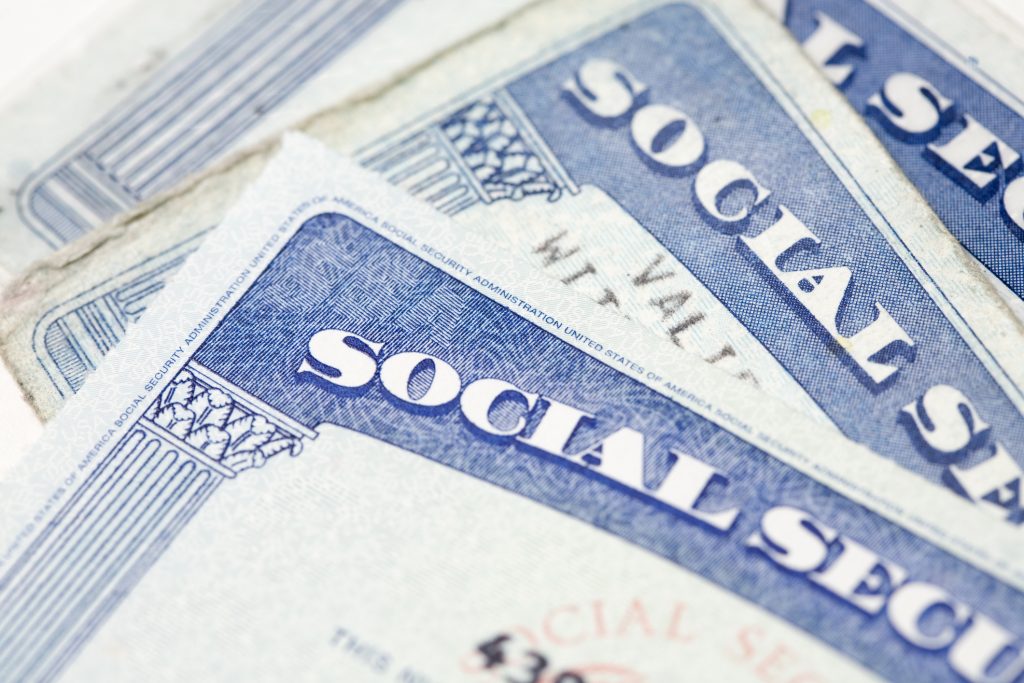I’m far enough away from retirement that I haven’t really thought too much about how I’d like to spend that time in my golden years. One thing is for sure, though: I want to make sure money is the least of my concerns. I’m sure a lot of people feel the same way.
Most people don’t come into a lump sum of money that can check off their retirement savings. The vast majority of people have to slowly but surely save for retirement throughout their careers, which isn’t always the easiest thing to be proactive about — especially when you may be decades away from retiring.
That said, below are two tables that can put saving for retirement into perspective and give you a bit of encouragement. They show the power of compounding.

Image source: Getty Images.
How does compounding work?
Have you ever seen a video of a snowball rolling down a hill? The more it rolls, the more snow it picks up and the larger it gets. That’s essentially how compounding works, except instead of picking up more snow, you’re earning more money with time.
Imagine you have an investment that returns 10% annually. If you invest $1,000 in the first year and earn 10%, you’ll earn $100 in interest. If you reinvest the $100, you’ll now be making 10% on $1,100 in your second year ($110). In the third year, you’ll be making 10% interest on $1,210, and so forth.
That’s essentially how the compound effect works in investing. You earn interest on your investments, and then your interest begins to earn interest. It’s one of the more surefire ways to build wealth — and save for retirement — over time.
Seeing the compound effect in action
Let’s imagine you invest $500 monthly and average 10% annual returns (close to what the S&P 500 has returned over the long run) over a different number of years. Here’s how your investment values work out:
| Years Invested | Personally Invested | Ending Value | Capital Gains |
|---|---|---|---|
| 10 | $60,000 | $95,600 | $35,600 |
| 15 | $90,000 | $190,600 | $100,600 |
| 20 | $120,000 | $343,600 | $223,600 |
| 25 | $150,000 | $600,000 | $450,000 |
| 30 | $180,000 | $986,900 | $806,900 |
Calculations by author. Capital gains rounded down to the nearest hundred.
Now, let’s imagine you’re averaging 10% annual returns on your investments for 25 years. Here’s how your investments would stack up with different monthly contributions:
| Monthly Contribution | Personally Invested | Ending Value | Capital Gains |
|---|---|---|---|
| $250 | $75,000 | $295,000 | $220,000 |
| $500 | $150,000 | $590,000 | $440,000 |
| $1,000 | $300,000 | $1.18 million | $880,000 |
| $1,500 | $450,000 | $1.77 million | $1.32 million |
| $2,000 | $600,000 | $2.36 million | 1.76 million |
Calculations by author. Ending values and capital gains rounded down to the nearest thousand.
It comes down to the power of time
The capital gains are what I want you to focus on in the above tables. Hitting your retirement goals by strictly saving is far-fetched for many people. However, time and compounding can do a lot of the heavy lifting for you.
Imagine your goal is to save $1 million for retirement. Even if you managed to save $25,000 in cash each year — which most people can’t, considering the median annual U.S. income — it would take you 40 years to hit that mark.
Looking at the first table, you’ll see it’s almost possible by investing $500 monthly and giving yourself 30 years. Looking at the second table, you see it’s possible by investing $1,000 monthly and giving yourself 25 years.
Of course, the amount of time it takes will vary depending on your annual returns, but more than anything, the tables show just how powerful time is in investing. Using it to your advantage can make retirement saving more effective.
The $22,924 Social Security bonus most retirees completely overlook
If you’re like most Americans, you’re a few years (or more) behind on your retirement savings. But a handful of little-known “Social Security secrets” could help ensure a boost in your retirement income. For example: one easy trick could pay you as much as $22,924 more… each year! Once you learn how to maximize your Social Security benefits, we think you could retire confidently with the peace of mind we’re all after. Simply click here to discover how to learn more about these strategies.
View the “Social Security secrets” »
The Motley Fool has a disclosure policy.
 marketbeat.com
marketbeat.com fool.com
fool.com benzinga.com
benzinga.com



